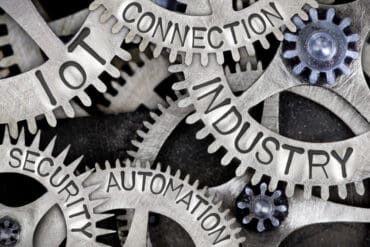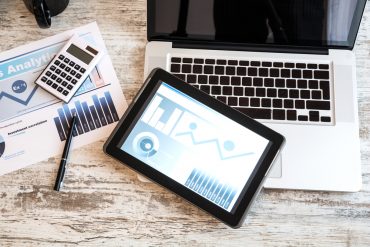Cathy Reese, Partner, IBM Advanced Analytics Global Practice Leader, discusses the benefits and inhibitors her clients are experiencing as they implement continuous intelligence strategies. In this video, Cathy provides examples from the transportation, utility, and retail industries to provide practical lessons learned.
Adrian Bowles: In your role, you work across industry, and I know that you’ve been at IBM for about 15 years, so you’ve seen a lot of changes in terms of the way people are making decisions or the way changes in data, architecture, and solutions enabled them to make different types of decisions. Maybe we could talk a little bit about that. The importance of making real-time decisions using continuous data.
Cathy Reese: One of the railways that we’ve worked with. If rail ties change in temperature drastically, too hot or too cold or if there’s lots of different fire risks or things like that, they have to make real-time decisions on to stop running trains. There’s safety issues so they have to-
AB: Based on temperature.
CR: Based off temperature, shifts in temperature, and they have to be able to do that at the mile marker level. So we were able to build them some advanced models that took the existing forecast but then applied it for them to really understand the exact application of the rail ties and the damage that could happen there. We also worked with this utility company in the United States around understanding fire and where is it most likely to happen? And you know, out in California, the fires is a major issue, but being able to use the weather data again with historicals, but understanding the exact wind speed and the humidity and what the conditions were that were most likely to spark fire and where those were, allowed that utility company to go and proactively adjust their vegetation management strategy around trimming certain leaves around certain electrical poles to prevent the higher-risk areas. So we were able
to help them use this data in real time to change and optimize their work.
AB: That’s kind of interesting because you’re looking at the historical data, you’re doing predictive analysis based on it, and then they’re taking the action based on that evidence-
CR: Yes
AB: … to cut that.
CR: Right
AB: With advanced analytics and getting into continuous intelligence, it seems that there must be a number of commonalities either within an industry, so only chemical companies will do certain things, or across industries, like everybody’s got customer service, they have to price their products. Maybe talk a little bit about, because you’re working in services for all these different areas, things that you see in common or how are people changing?
CR: I think what’s really changing is organizations really trying to innovate and differentiate themselves.
Everyone’s looking for the next big business model. We worked with a shipping company that their 18 wheelers, all they did was distribute and ship, and they wanted to come up with a new business model, a new way of generating revenue. So we worked with them to build some analytic models using location data and using weather data and understanding which types of people were actually driving past their trucks at certain times, and then they were able to take that to their sponsors who wanted to advertise on the side of their trucks. So we helped them create a brand new revenue stream of an advertising industry that was based off of data and based off of being able to action on that data.
So innovation and new business models. I think even some organizations are thinking about the next step. So think about dynamic pricing. If I have a bunch of vending machines, say in Japan, vending machines are huge, right? If you could know based off of the commuters that walk past, the time of day, the weather, if you can know how to dynamically put the right inventory in there, hot drinks, cold drinks, soups, and then also know how to dynamically price that based off of the amount of people going by, it’s a brand new way of differentiating yourself and thinking about how to use technology to really get the most revenue.
AB: And that can be done continuously based on the streaming data.
CR: Absolutely
AB: Okay. It seems like a common theme for a lot of your engagements is being able to leverage historical data, real-time streaming data, to be able to understand what happened, and to predict future events. Maybe talk a little bit about some of the technologies that you use and what features enable you to do that?
CR: Well, we use IBM Streams to be able to ingest all different types of data, so that’s kind of the first step. There was one airline that we’re working with, we ingested all of the real-time data around the flights. How many people were on the flights, how many open seats, what were the ages of people on the flights? Because what they were really trying to do was to be able to predict an NPS score for every single passenger, even though not everyone’s going to fill out the survey, right? So understanding all the elements of that flight in real time, was it turbulent or not, along with some historical data, along with weather data, along with all the other sets of data, to be able to predict this NPS score. And then once we get there, we’re also able to then predict the next best offer.
Is this person at risk to turn? Are they going to head to a different airline? What can we do to keep them as a customer and what do we need to action right away and what do we not? So to be able to help them build out a whole entire retention strategy based off of an NPS score for someone who actually didn’t even do a survey. So using IBM Streams to ingest that data and then we built the models using Watson Studio.
AB: Great. Well thank you. This has been good.
CR: Thanks






